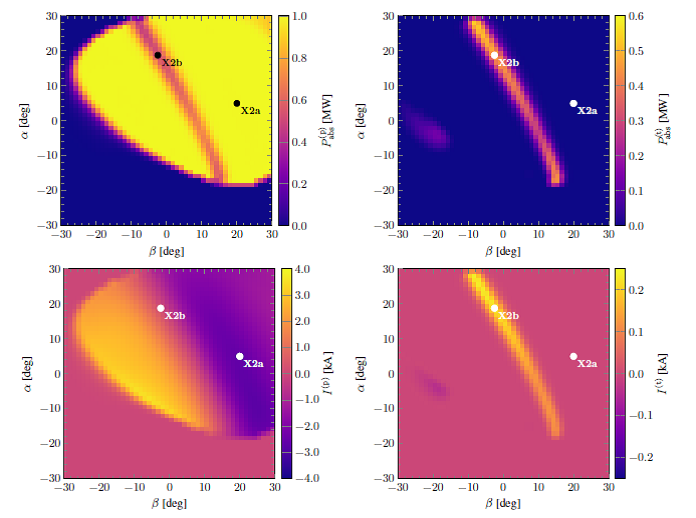Until ignition, the plasma has to be externally heated. Several methods are available for this purpose: In current heating, an electric current is passed through the electrically conductive plasma and generates heat through its resistance (similar to a cooker hotplate). In high-frequency heating (like in a microwave oven), electro-magnetic waves of appropriate frequency are beamed into the plasma. The plasma particles absorb energy from the field of the wave and transfer it to the other particles through collisions. The circular motions of the ions and electrons around the magnetic field lines afford suitable resonances. In neutral particle heating, particles with high kinetic energy are injected into the plasma, transfer their energy to the plasma particles through collisions and heat them.
The cyclotron resonant interaction of electrons with incident radio-frequency waves is used to drive parallel plasma currents in tokamaks and stellarators for the control of the rotational transformation profile. This method, which is referred to as electron cyclotron current drive (ECCD), is usually modeled for plasmas in the collisionless limit. While such models are sufficient at rather low collisionality, they might underestimate the current drive efficiency in more collisional plasmas likely to occur at high density experiments. W. Kernbichler et al. (Technische Universität Graz) model ECCD under different assumptions.
